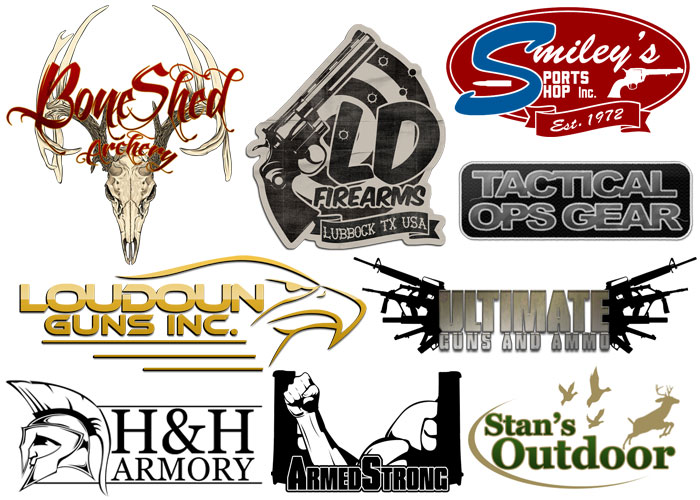By 2014 every business should have at least a website capable of informing customers what you have to offer, the time your store is open for business, and some contact information in case they needed to call. For retail stores, not having a fully functioning eCommerce website could be limiting the amount potential growth your company has. Think about it, in today’s world, when someone is looking for a retailer they go online and search for it. Unfortunately, the yellow pages are now considered to be practically stone aged but there is something you can do as a retailer to keep up with the times. Let us go through 10 reasons why your company needs to be on the web by 2014!
1. Promoting the Presence of your Brick-n-Mortar Store
Finding your store isn’t always the easiest thing to do, and can become quite frustrating. Having an online store you’re able to publish a virtual map on your website which can show directions and easy identifiable landmarks for customers to print out.
In case you’re business grows too large for your current store front, you may move to a large facility. Doing this you will be waiting on the phone company to come out and set up your connection, since a website is flexible you will be able to inform customers where you’re new shop.
2. Expanding the Market
The internet has allowed companies to offer their products to people all over the world, virtually in any country as long as they have internet service. This is huge for companies, being able to expand their businesses reach. On a smaller scale level, this helps small businesses become more competitive, you may not get that customer 1000 miles away, but you have the potential to grab that customer that may think it’s just a little far to drive to your store front.
3. 24/7/365
This is great for businesses, never having to close down ever again, make employees work endless hours! Ha! No, having a fully functioning website will allow you to step away from the shop on holidays and special occasions knowing that customers can still buy your product online. Having a website means your company will be able to stay open every hour of every day.
4. Advertising Goes Further
The internet is vastly different from print and media advertising. Print and media advertising can become quite costly not to mention frustrating, while having an online store companies can advertise online to customers for less while achieving more! With the technology today you are able to track each ads performance on a day to day basis.
5. Growth Opportunity
Having a website is a great place to refer potential investors and customers to, showing them what your company is about, what is stands for while having proof of what it has achieved and the potential is has to achieve in the future!
6. Standardize the Sales
Having the ability to study your website and looking at what sales approached worked and which have not. Studying this and taking notes will allow you to create the sale proof pitch using it on every customer to increase the amount of sales.
7. Adding Value and Satisfaction to the Customer
Your company website can add an invisible value to help your customers and visitors remember you better by adding general knowledge, advice, and featuring some tips. All of these things can not only improve the chance of your customers returning to your website but also help them remember what they’ve seen and read.
8. Credibility
A website provides the opportunity to inform potential customers what your company is and why they can trust you and your products. Many people use the internet to reference ratings and reviews on products prior to purchasing a product. This also allows a free marketing tool, where no longer do you have to spread the positive word but your customers do some of the marketing for you by showing off where and how they got their newest product.
9. Two-way Communicative Marketing
When a customer needs quick feedback on a product, they can easily refer to a website to find what they are looking for. Having a website that provides the feedback of prior customers can ensure the newer customers that they are receiving what they are paying for. They can also give your company the feedback on your products and the marketing approach you may have took on that page.
10. Cheap Research
Having a website provides your business with the opportunity to show features, and new products. But can also provide some market research to determine just how well your business sizes up to the next by adding visitor polls, online surveys, and using your web statistics.
This isn’t the Stone Age, store to store business may not be enough anymore. Make sure your business doesn’t suffer from the lack of knowledge available at hand. Take advantage of everything the web has to offer. Analyze the data and monitor your progress, to ensure the survival of your business. Don’t get left behind!
Tip of the Post
“Not having a functioning website only limits your company’s success” – Korey P.
